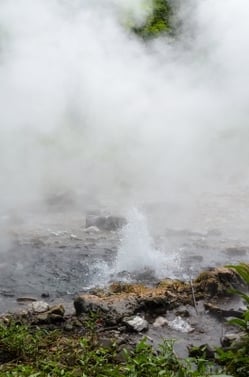 While steam may not be the first choice for heating a modern, efficient building, steam is still an excellent heating method. Steam is a mainstay in industrial processing and already exists in countless installations. Don’t write off that old existing steam system; there is a huge opportunity in getting the most out of it.
While steam may not be the first choice for heating a modern, efficient building, steam is still an excellent heating method. Steam is a mainstay in industrial processing and already exists in countless installations. Don’t write off that old existing steam system; there is a huge opportunity in getting the most out of it.
This discussion will focus on just the low investment and quick fix areas. We will examine just the accessories of the system and the distribution of steam. We’ll leave the major components and their major capital requirements – steam boilers, heat transfer equipment - to the second part of this discussion. For now, let’s look at the areas that can improve performance NOW!
State of the system.
When’s the last time the system performance was audited? There are a few simple things to inspect to maximize the performance of the existing steam system.
- Inspect the insulation. The main expense of a steam system is turning water into steam; spend the time and effort and make sure the heat stays in the distribution system so those BTUs can be taken advantage off as designed. Check the insulation. Replace any torn or deteriorated insulation and put insulation on lines, fittings, and equipment that don’t have it today.
- Listen to the system. Walk around the distribution system and listen. That hissing is wasted energy. Expensive steam is escaping the system. Contain it. That clanging could be a slug of water doing or getting ready to do bad things. Investigate what is creating the condition. The assorted moans and groans through the traps are clear signals that it’s time to pay them some attention.
- Check the steam traps. Steam traps are there to keep the steam where it should be and allow the condensate back to where it can be used again. If the trap is not functioning properly the steam will just blow by the heat transfer equipment, decreasing performance and wasting the steam. If the failing trap keeps the condensate in the heat transfer equipment there will be a significant decrease in heat transfer performance, potential corrosion failures, and the increased risks of slugging or water hammer damage. Traps are basically free compared to the performance gains they can provide when they work properly. Inspecting them is easy and doesn’t require any downtime. Make sure those traps are working.
- Clean the strainers. Any material caught in the strainer can give great insight into how the system is running, the level of degradation, and give a warning to coming issues. If the strainers are full of corrosion byproducts, a whole system solution may be necessary. Clean strainers function better, protect expensive valves and improve the performance of all the other equipment in the system.
- Steam separator. Moisture in the steam is like ball bearings to the equipment. Not only will the moisture damage the equipment, it degrades the equipment performance. The moisture or water droplets decrease the available energy of the steam and can create a resistive film on all the heat transfer surfaces decreasing performance. The moisture will also lead to scale formation on the wall of the equipment, which again, decreases heat transfer performance. Make sure there is a steam separator and that it is functioning properly.
- Condensate. As the latent energy of the steam is removed to perform the work, the resultant condensate is the gift that keeps giving. The bulk of the energy used by the system goes into making the steam. After the equipment efficiently uses that steam, [that steam isn’t done giving gifts, or providing] there are huge opportunities in the resultant condensate. Some people say the condensate is the “liquid gold of the system.” It’s basically hot distilled water. There are no impurities left in the condensate that can lead to corrosion in the system so it requires almost no chemical treatment before it makes another lap through the system. It’s HOT. That hot condensate requires minimal additional energy to be steam again. We need to get it back to the boiler. Let’s make sure we heat and repeat. The more condensate that gets back to the boiler, the less makeup water the system requires. Remember, makeup water costs…and costs in numerous ways. The makeup water has to be paid for. The makeup water requires the full chemical treatment suite. It is cold and requires significant energy to become steam. Minimize the use of makeup water.
- How is the quality of the makeup water? Poor quality water means more expensive chemical treatment. Investigate adding some form of filtration to improve the makeup water quality. The filtration costs will be quickly made up in the increased heat transfer performance and reduced chemical usage.
- Check the chemical treatment. Are you treating the boiler water efficiently and effectively? The system water should be tested regularly. It’s important to make sure the right chemicals are getting injected into the system and that they have enough reaction time to add value. The right chemical will aid in the system performance and protect the system equipment and piping. Water quality testing will indicate if there needs to be more chemical added to increase system performance, or maybe less.
Steam is still being used in a numbers of applications – industrial, hospital, university, government, etc. Do not be afraid of it. It’s still a very clean and green solution to heating and humidification needs. If you have a facility with steam get out there and make sure it’s running as effectively and efficiently as it can be.


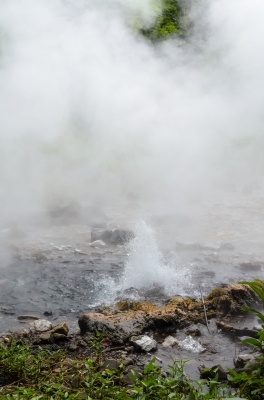


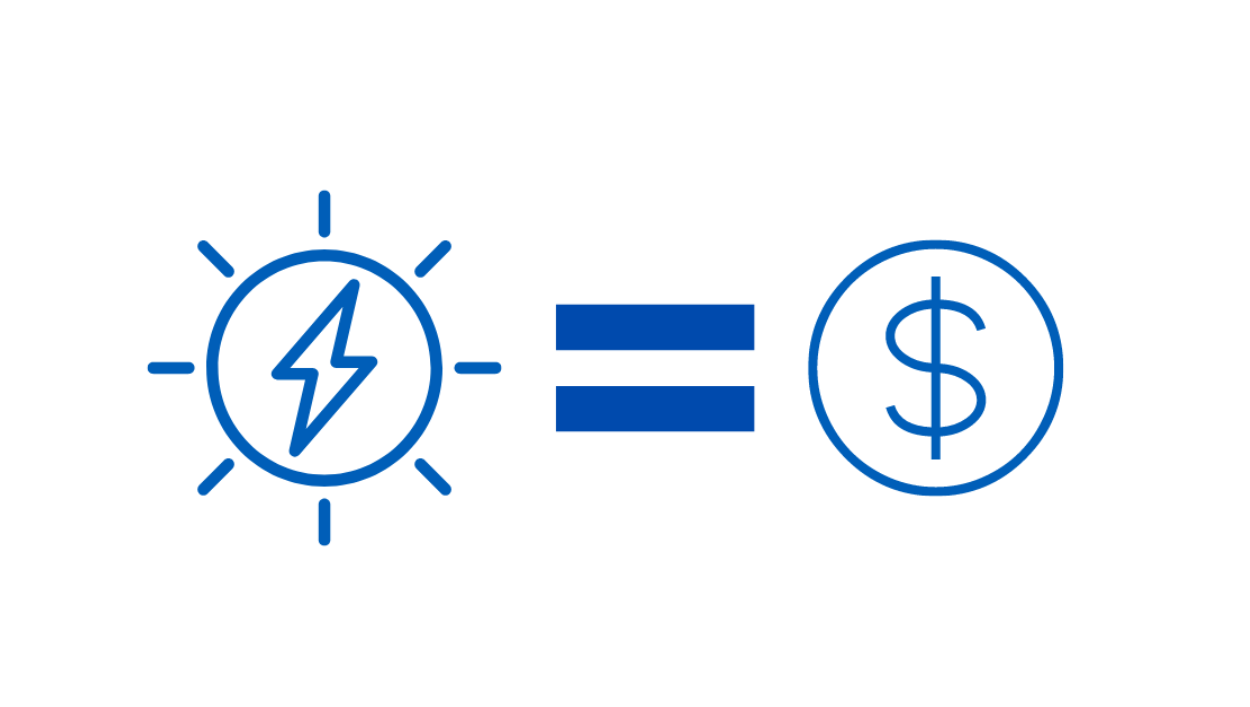
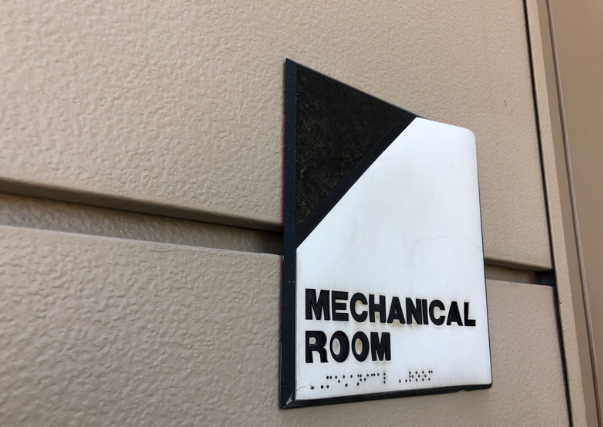
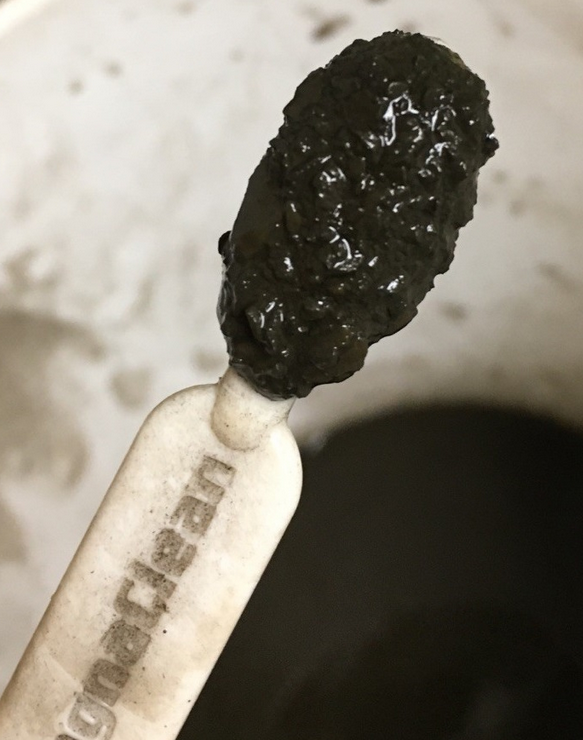



Submit a Comment